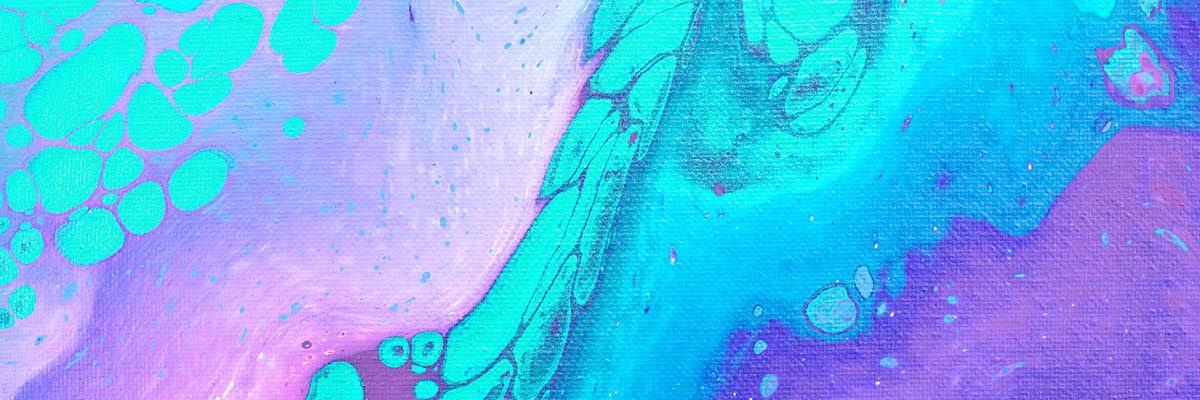Stem cell therapy is not a new procedure. Doctors have been using it to improve and even save lives for over 70 years. The first documented use of stem cells occurred in the late 1950s when they were transferred to a patient as part of a bone marrow transplant. Today, stem cells are used to treat a variety of conditions, from cancer and genetic issues to autoimmune disorders, arthritis and more! To learn more about how stem cell therapy works, read on:
Share this Post
What ARE Stem Cells?
Stem cells are the original source for all our body’s cells. During development, they coalesce and form our different tissues and organ systems. They also exist in adult bodies, acting as “back-up” when certain cells become damaged in some way. This is how they work: typically, adult cells only carry out their own predetermined tasks. For example, liver cells perform only liver functions and produce only new liver cells. If the majority of liver cells (or any other type of cell such as brain or blood, etc.) become faulty in some way, their ability to generate new, healthy cells is compromised, as well. However, stem cells — in this case, adult stem cells — can “transform” into many other cell types, functioning as the new type of cell when needed. It’s one of the many ways our bodies ensure homeostatis, naturally keeping us healthy and strong.
How Stem Cell Therapy Works
Stem cell therapy works by purposefully harnessing the natural regenerative properties of stem cells so that injury, disease and/or age-related deterioration of our bodies’ tissues can be repaired. Therefore, stem cell therapy begins with the removal of stem cells from a patient’s own body. The number of adult stem cells is limited and confined to certain areas of the body; at ThriveMD, we treat many orthopedic issues and find that stem cells taken from fat and bone marrow offer the best therapeutic effects. We use a liposuction procedure to take stem cells from adipose tissue and then extract stem cells from bone marrow in the hip bone with a needle. We combine these two types of stem cells with other biologics taken from the patient, including platelet-rich plasma (PRP) and growth factors. Afterwards, we inject the concentrated solution into the patient’s problem area. Research indicates that once introduced into damaged tissue, stem cells begin to form the type of new cells needed to initiate organic repair.
Ready to Learn More?
To learn more about how stem cell therapy works and whether or not it might be an option for your own degenerative and/or pain issues, please contact our medical team at ThriveMD. The benefits of stem cell therapy frequently mean our patients experience lasting results in less time and with fewer risks than other traditional treatments. We can review your history to see if stem cell therapy could work for you, too.


